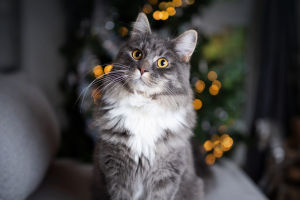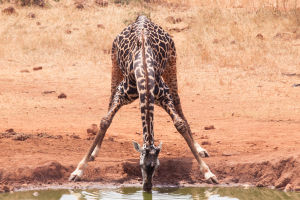The Spot-breasted Oriole (Icterus pectoralis) is a striking and vibrant bird that stands out in the avian world, primarily due to its beautiful plumage and distinct appearance. Found in Central and South America, this bird has captured the attention of bird watchers and nature enthusiasts alike.
In this article, we’ll explore the characteristics, habitat, behavior, and conservation status of the Spot-breasted Oriole, offering a deeper appreciation for this colorful species.
Physical Appearance
The Spot-breasted Oriole is renowned for its bold and vivid plumage, which makes it easily recognizable. The male typically has bright yellow feathers with a distinctive black mask across the face. The black markings extend down the wings and tail, creating a sharp contrast against the yellow body. One of its most notable features is the dark spots scattered across the chest, which is where it gets its name. Females, while still vibrant, have a more subdued coloration, with less prominent markings and a lighter yellow hue overall.
Habitat and Distribution
Native to Central America, the Spot-breasted Oriole is commonly found in countries such as Mexico, Honduras, and parts of Guatemala. It prefers semi-arid and tropical environments, often inhabiting areas with a mix of dry forests and open woodlands. These birds are also seen in agricultural landscapes where tall trees provide ideal perching and nesting sites. The Spot-breasted Oriole is a migratory species, with populations moving seasonally in search of food and optimal breeding conditions.
Diet and Feeding Behavior
Spot-breasted Orioles are primarily frugivorous, meaning their diet consists mainly of fruits. They are particularly fond of figs, berries, and small fruits, which they consume with great enthusiasm. In addition to fruits, they also feed on nectar and insects, supplementing their diet with small invertebrates and even some seeds. Their feeding habits make them important contributors to their ecosystem, as they assist in the pollination of flowers and the dispersal of seeds. These birds are often seen foraging high in trees, where they can enjoy a variety of food sources.
Breeding and Nesting
During the breeding season, Spot-breasted Orioles create elaborate nests, typically located in the high branches of trees. The nests are intricately woven using fibers and plant material, offering a safe and secure environment for their young. The female usually lays two to three eggs, which both parents help incubate. Once the eggs hatch, both parents are involved in feeding the chicks and protecting them from potential predators. The young oriole grows quickly, and within a few weeks, they are ready to leave the nest and start their independent lives.
Conservation Status
Currently, the Spot-breasted Oriole is not considered to be under immediate threat, and its population remains stable in most areas. However, like many other bird species, habitat loss due to deforestation and agricultural expansion poses a significant challenge to their long-term survival.
Conservation efforts aimed at preserving their natural habitats and promoting sustainable land-use practices are essential to ensuring that future generations of Spot-breasted Orioles continue to thrive. In some regions, local conservation programs and birdwatching organizations are working to protect these birds and their environments.
Protecting the Vibrancy of the Spot-breasted Oriole
The Spot-breasted Oriole is a beautiful and fascinating bird that adds a splash of color to the natural world. Its striking appearance, combined with its vibrant behavior and ecological role, makes it a species worth protecting and appreciating. Whether you're a birdwatcher, a conservationist, or simply a lover of wildlife, the Spot-breasted Oriole is a reminder of the importance of preserving the biodiversity that surrounds us.
As we continue to learn more about these incredible birds, it’s crucial that we support efforts to safeguard their habitats and ensure their place in our world for years to come.
we can all contribute to the ongoing efforts to protect and appreciate the natural beauty they represent.
Spot-breasted Oriole in Guatemala
Video by Birdfun


